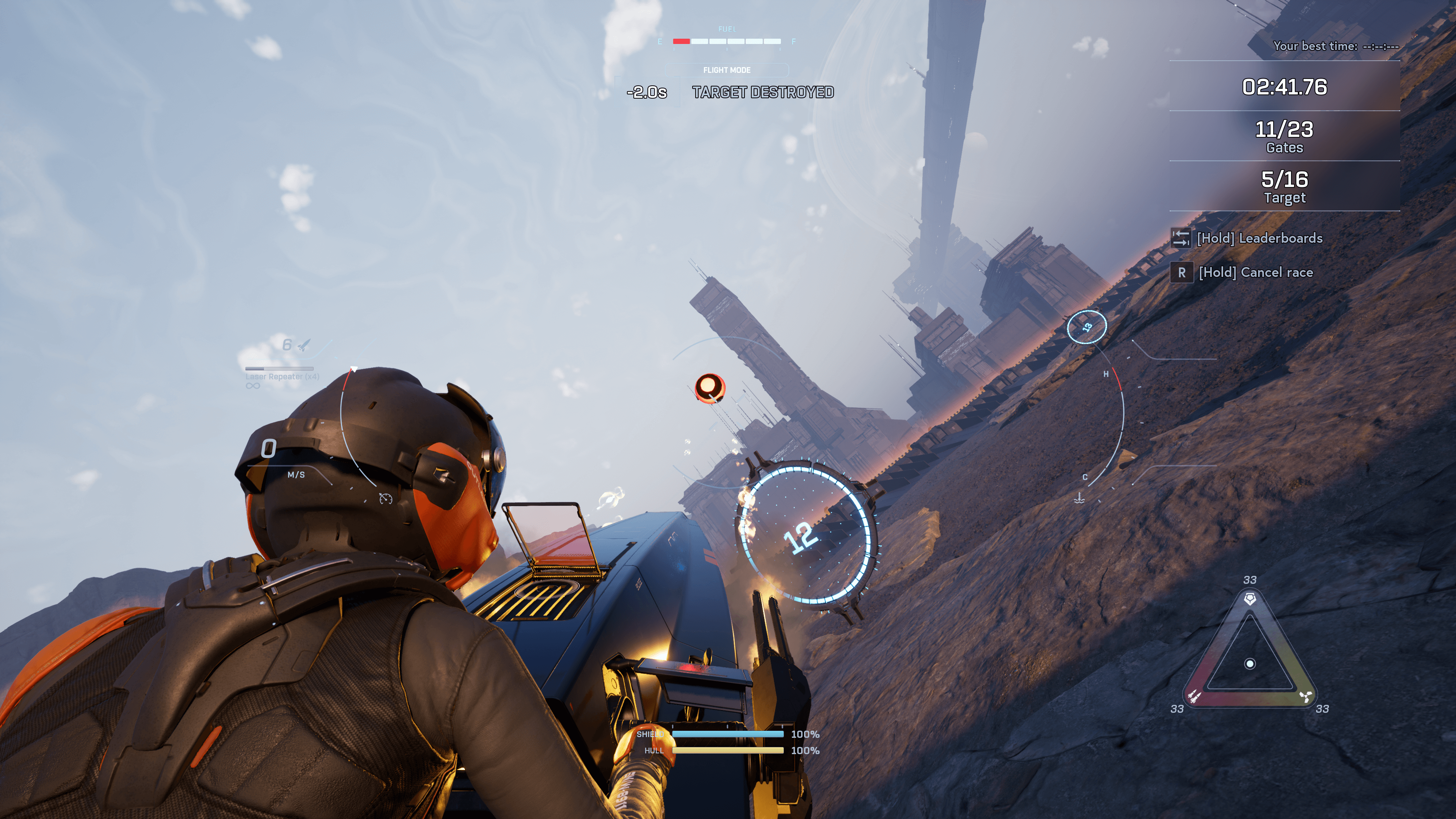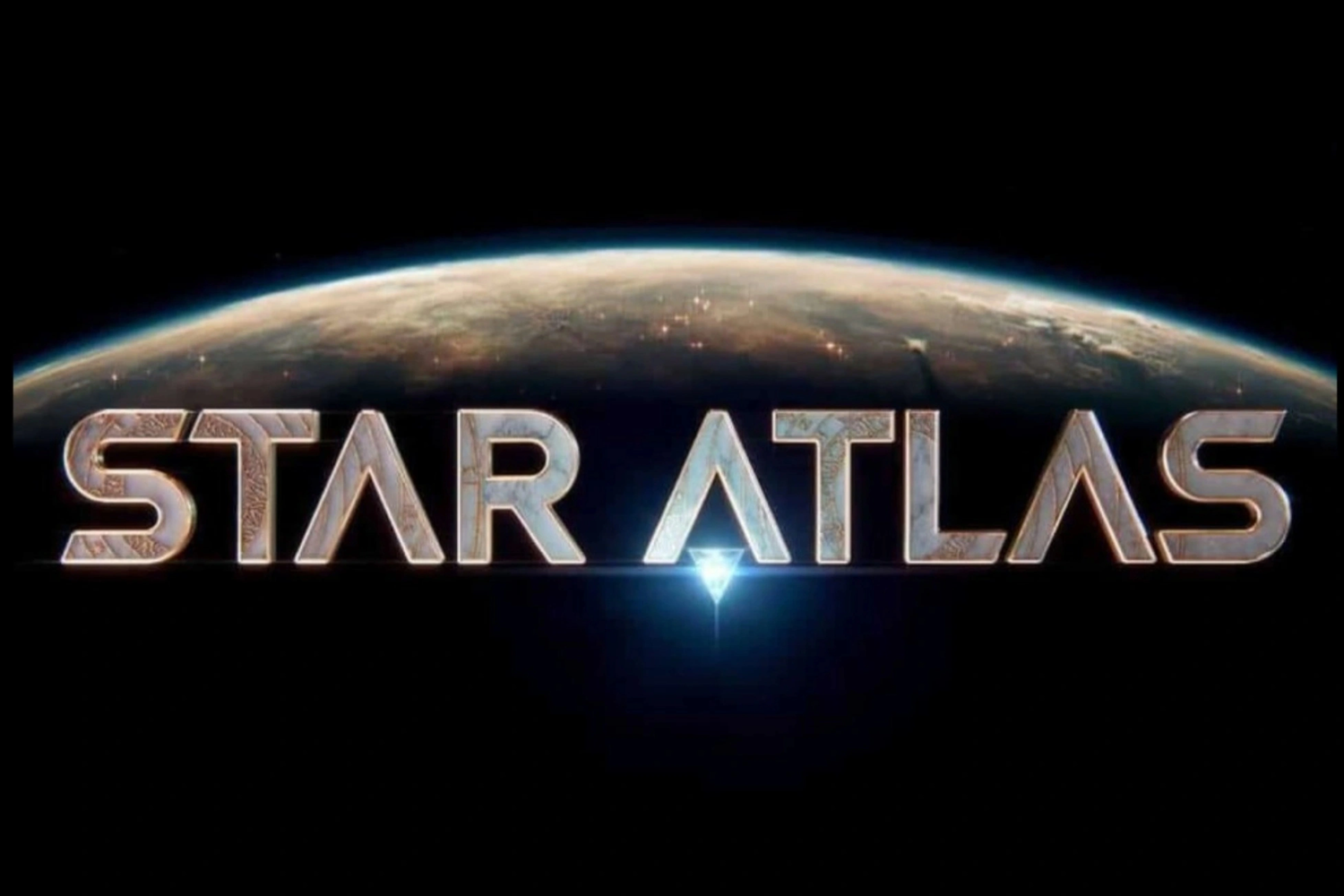“Traditional Gamers Don’t Yet Realize What the Value Proposition Is” - Star Atlas Founder Champions Sustainable Economy
Speaking with SolanaFloor, Star Atlas founder Michael Wagner expressed optimism and excitement toward the maturing state of crypto gaming.
Once considered the Trojan Horse that promised to bring billions of new users onchain, crypto gaming has endured plenty of criticism. The sector suffers from a tarnished reputation outside the Web3 world, largely due to the devastating public collapse of games like Axie Infinity and StepN.
However, crypto gaming is far from devoid of sustainable economies.
Star Atlas founder Michael Wagner asserts that crypto gaming still offers players a unique value proposition. In an exclusive interview with SolanaFloor, Wagner highlights how the crypto gaming industry can reinvent its reputation and provide meaningful and rewarding experiences to gamers from all walks of life.
Repairing Web3 Gaming’s Image
To much of the outside world, the crypto industry is nothing more than a hotbed of flagrant scams and money-laundering tools. Hyper-inflationary games like Axie Infinity and StepN further exacerbated this image, with thousands of players suffering significant losses after jumping into these viral trends at the wrong time.
Traditional gamers argue that crypto games are extractive, with costly barriers to entry and exploitative pay-to-win mechanics that favor financial gain over enjoyable experiences.
However, this is also true within Web2 games, with titles like Fortnite and Star Citizen also boasting high-price tags for valuable items.

Star Atlas Marketplace
Wagner argues that game studios have been toying with new monetization methods for years, without offering players the same value return that blockchain gaming can provide.
“Gamers inherently are already skeptical of innovations in gaming because almost every time a new monetization strategy has come out from a game studio, it has been intended to be more extractive… That's a bottomless pit.”
The Star Atlas founder contends there’s a disconnect between what crypto gaming offers and what traditional players see, highlighting “a lack of awareness and a lack of sophistication as to what the actual value proposal is of crypto”.
As is often the case in technological misunderstandings, Wagner believes deeper knowledge and understanding are the keys to resolving crypto gaming’s reputation. With the right education in place, games will be better equipped to “communicate to people the benefits of what this new technology can mean for the user.”
Having built a sustainable in-game economy within the Star Atlas ecosystem, Wagner is well-positioned to champion the perks of crypto gaming and the potential for diverse value creation at scale.
“What the user doesn't realize yet is that we're actually empowering them to capture the value for themselves. It's no longer a unidirectional flow of value from the user to the game studio.
It's actually saying, no, you own your assets and we're actually giving you the opportunity to produce value for yourself that you can then resell and capture from the other users within the ecosystem.”
Building a Sustainable Economy
A key part of reinventing Web3 gaming’s reputation comes down to witnessing sustainable value creation in real time. Star Atlas could be considered such an example, with players and network participants engaging in a dynamic economy from various angles.
Instead of relying on hyper-inflationary rewards and token emissions, Star Atlas aims to construct a “peer-to-peer consumer-producer economy”. Wagner asserts that this model is uncommon in traditional gaming because it typically means that game studios lose out on potential revenue streams.
“Our system is intended to leverage resources that are extracted from the game… Those go into crafting recipes, but the user is responsible for customizing a design and then minting a certain quantity of skins, and then they can sell that to other users. So as a studio, we lose on that revenue opportunity, but now as a user of the product, they have been delivered a new opportunity to monetize their time.”
Star Atlas’s approach to economic design appears to be working. By monetizing a player’s time and effort and creating revenue between player interactions, as opposed to token emissions, the Star Atlas economy has shown both resilience and growth.
“Our economy is performing exceptionally well. We annualized our GDP figures and we're doing something like $30 million in GDP, which doesn't sound like a lot, but it actually puts us above some one-third of all of the countries around the world. So if we had a Star Atlas country, we'd be sitting in the 66th percentile or something like that”
How to Educate New Players
Despite crypto games existing for over half a decade, blockchain’s steep learning curve remains a significant obstacle prohibiting new players from entering the space.
However, crypto gaming arguably offers a more dynamic and engaging educational pathway than traditional methods. According to Wagner, “games have this tremendous opportunity where we can build out a tutorial experience in the game and we can actually make learning fun. Most people don't want to sit down and read a white paper about a Layer 1 protocol.”

The Star Atlas founder suggests that offering a more interactive and exciting learning process will help not only streamline blockchain education, but could also spearhead greater onward adoption as players explore further into the onchain world.
“Here's a space mission that you can go on as part of the tutorial, hop into the spaceship, go land on this planet, go kill some NPCs, capture this data cube, and bring it back to the CSS, what you can do is weave in education about not only how the game works, but how crypto works. You can make part of that mission, here's how you set up a crypto wallet so you have full self-custody of your assets.”
While many blockchain proponents argue that abstraction is the way forward to bringing more users onchain, it might not be the complete answer. While abstraction certainly has its benefits, Wagner posits that applications still have a responsibility to inform their users about what’s happening under the hood.
“What we're doing in crypto is about philosophy and ethos as much as anything else. I genuinely believe in informing these users who are getting into our product on all of the tangential benefits that exist if they participate in crypto more broadly… I think we're doing a genuine disservice to these people by abstracting it away.
Crypto gaming attention is yet to return to the euphoric highs witnessed in 2021. Yet, the sector is arguably much better equipped to handle adoption than it was previously, with platforms like Star Atlas offering more resilient and sustainable economies than the hyper-inflationary designs of the past.
Read More on SolanaFloor
What are Kamino’s biggest markets?
Kamino TVL At All-Time High - How Are Most People Using Solana’s Biggest DeFi App?
Get Started in Web3 Gaming on Solana


